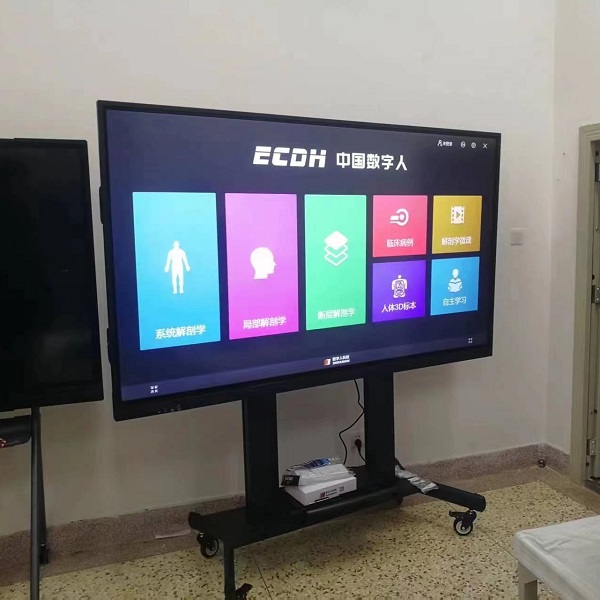Are you tired of traditional anatomy textbooks and lectures? Well, get ready to dive into the fascinating world of virtual reality medical training systems! These cutting-edge technologies are revolutionizing the way we learn about human anatomy.
Click to find more about virtual reality medical training system for anatomy education.
The Future is Here: Virtual Reality Medical Training System
Gone are the days when medical students had to rely solely on textbooks and cadavers. With virtual reality medical training systems, students can now immerse themselves in a realistic 3D environment where they can explore every nook and cranny of the human body. It’s like being inside your own personal episode of Grey’s Anatomy!
These VR systems provide an interactive learning experience that allows students to dissect virtual bodies, manipulate organs, and even perform surgical procedures. Forget about those boring plastic models – with this technology, you’ll feel like a real-life Dr. McDreamy!
DIGIHUMAN: The Ultimate Anatomical Companion
If you think virtual reality alone is mind-blowing, wait until you meet DIGIHUMAN – your new best friend in anatomical education. This state-of-the-art software combines high-resolution imaging with advanced algorithms to create incredibly detailed digital replicas of real human bodies.
DIGIHUMAN not only offers an unparalleled level of accuracy but also provides customizable features that allow users to focus on specific areas or structures within the body. Whether it’s exploring the intricacies of the cardiovascular system or studying neuroanatomy in depth, DIGIHUMAN has got you covered!
Anatomy Study Tools: A New Dimension in Learning
In addition to virtual reality and DIGIHUMAN, there is a wide range of other innovative tools available for anatomy study. From augmented reality apps that overlay anatomical information onto real-world objects to haptic feedback devices that simulate the sense of touch, these tools take learning to a whole new level.
Click anatomy study tools.
Imagine using your smartphone to scan an object and instantly receive detailed information about its anatomical structure. Or feeling the texture and resistance of virtual organs as you manipulate them with specialized gloves. These advancements not only make studying anatomy more engaging but also enhance our understanding of the human body.
In Conclusion

The introduction of virtual reality medical training systems for anatomy education has opened up endless possibilities for aspiring healthcare professionals. With immersive experiences, realistic simulations, and advanced digital technologies like DIGIHUMAN, students can now learn about human anatomy in ways never before possible.
So say goodbye to dusty textbooks and hello to a future where learning is interactive, exciting, and maybe even a little bit surreal. The world of virtual reality medical training systems is here – are you ready?

